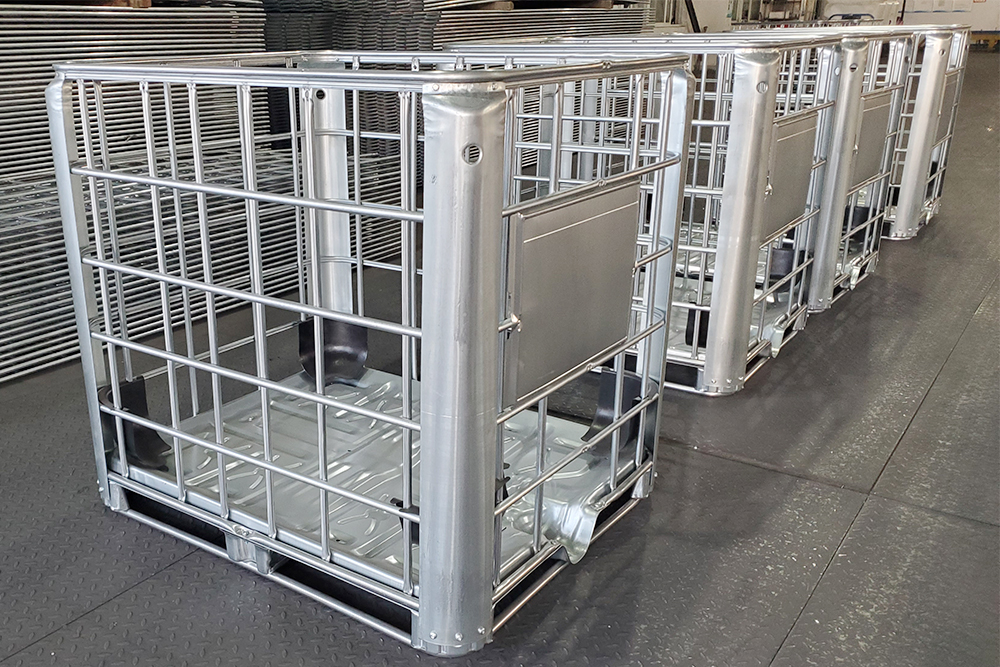
A Comprehensive Guide on How Chemical Leaks Are Hurting the US Economy
Chemical leaks and toxic releases represent a significant and growing economic burden on the United States. Such incidents are creating cascading effects that ripple through multiple sectors of the US economy, which includes:
- Immediate clean-up costs
- Long-term health impacts
- Environmental remediation
The frequency and severity of chemical leaks in the country are concerning. These incidents impose substantial financial strain on businesses, communities, and government resources.
- How Chemical Leaks Are Hurting the Economy?
Chemical leaks cause significant harm to the economy through multiple channels. Major toxic chemical spills reduce the attractiveness of affected local areas for both residential and commercial activities, making it difficult for businesses to attract customers and retain employees. Such incidents contribute to long-term economic damage in several layers, which include:
- Disrupting local business ecosystems
- Reducing small business survival
- Tightening credit
- Causing population decline, and
- Imposing substantial clean-up and operational costs
Here’s an overview of all the direct and indirect impacts caused by these incidents.
- Direct Economic Impact
- Clean-up and Remediation Expenses
The immediate financial impact of chemical leaks begins with clean-up and containment costs, which can quickly escalate into millions or billions of dollars depending on the scale of the disaster. For individual spills, direct costs can range dramatically based on the type and volume of chemicals involved. Toxic chemical spills can result in costs including EPA fines for river or creek pollution reaching tens of thousands of dollars, lost production time in the tens of thousands, staff hours for clean-up operations, and soil removal, replacement, and testing expenses.
- Healthcare and Medical Costs
Chemical exposure incidents generate substantial healthcare expenses that burden both individuals and the healthcare system. Daily exposure to per- and polyfluoroalkyl substances (PFAS) alone costs Americans a minimum of $5.5 billion and as much as $63 billion annually due to medical costs and lost worker productivity. The study identified 13 medical conditions resulting from PFAS exposure, including infertility, diabetes, and endometriosis, which generate medical bills and reduce worker productivity across a lifetime.
- Superfund Site Remediation
The cost of cleaning up contaminated sites under the Superfund program averages $27 million per site. With sites currently on the EPA’s National Priorities List and those likely to be added, the total clean-up costs represent a massive ongoing economic burden.
- Indirect Economic Impacts
- Property Value Losses
Chemical accidents significantly impact real estate values in affected communities. Research examining industrial chemical accidents found that incidents resulting in off-site injuries, property damage, evacuations, or shelter-in-place orders lead to a 5% to 7% decrease in home values within five kilometers. This translates to an average loss of $12,000 to $17,000 per home, demonstrating how chemical leaks create lasting economic damage beyond immediate incident.
- Business Disruption and Lost Productivity
Chemical incidents cause widespread business disruption through multiple mechanisms. Infrastructure disruption affecting water, sewer, electric power, fuel, transportation, and telecommunications frequently forces businesses to shut down in the aftermath of chemical disasters. The chemical industry itself faces significant productivity challenges, with labor productivity measured as revenue per full-time equivalent remaining essentially flat for more than a decade.
- Supply Chain Disruptions
Chemical leaks and accidents create ripple effects throughout supply chains. The chemical industry is responsible for more than a quarter of U.S. GDP and supports the production of almost all commercial and household goods. When chemical facilities experience incidents, the disruption extends far beyond the immediate site, affecting downstream manufacturers and consumers who depend on chemical inputs.
- Regulatory and Compliance Costs
The financial burden extends to regulatory compliance and legal costs. Under the Toxic Substances Control Act, companies face substantial fees for chemical testing, registration, and evaluation activities. The EPA’s fee structure requires payment for eight different categories of activities, with fees designed to defray up to 25% of the costs associated with overall TSCA implementation efforts.
- Tourism and Economic Development Impacts
Coastal communities and regions dependent on tourism suffer significant economic losses following chemical incidents. Oil spills and chemical contamination that affect beaches, disrupt marine life, and tarnish natural beauty cause tourists to avoid affected areas. Local businesses, including hotels, restaurants, and tour operators, experience sharp declines in revenue, with long-term implications for the economy of affected regions.
- What Institutions Must Do to Avoid Chemical Leaks?
Institutions handling chemicals must adopt a comprehensive approach combining equipment maintenance, safety measures, proper storage, spill prevention technologies, and emergency preparedness to effectively prevent chemical leaks and spills.
- 1. Regular Equipment Inspection and Maintenance
- Inspect all chemical storage and handling equipment for leaks, cracks, corrosion, or damage routinely to prevent any sort of unfortunate outcome
- Ensure safety equipment such as eyewash stations, safety showers, and emergency exits is functional and accessible
- Maintain ventilation systems to minimize hazardous chemical exposure
- Check personal protective equipment (PPE) like gloves, goggles, and respirators for damage and expiration to ensure worker safety
- 2. Implementing Safety Measures and Spill Control Equipment
- Install safety showers and eyewash stations near chemical handling areas
- Provide spill kits stocked with absorbents, neutralizers, PPE, and disposal bags at strategic locations
- Use containment pallets, berms, and drain covers to limit the spread of any spills
- Employ spill-proof and pressure-stable chemical containers compatible with the stored chemicals to prevent leaks
- Segregate incompatible chemicals in dedicated, ventilated storage to avoid dangerous reactions
- 3. Proper Storage and Handling Practices
- Store chemicals in hazard class and use shelves with lips to prevent containers from falling
- Keep larger containers close to the floor to reduce the risk of tipping
- Use carts and secure lids when transporting chemicals, avoiding busy times to minimize collision risk
- Label containers clearly with compliant signage and placarding
- Purchase only the minimally necessary quantities of chemicals and choose safer substitutes when possible
- 4. Advanced Monitoring and Spill Prevention Technologies
- Develop and implement Spill Prevention, Control, and Countermeasure (SPCC) plans that include risk assessments and countermeasures
- Install level measurement instruments and safety instrumented systems (SIS) to detect overfills and leaks early
- Use level switches in retention dikes to monitor liquid accumulation and distinguish between rainwater and hazardous liquids
- Regularly test and maintain these systems to ensure functionality
- 5. Emergency Preparedness and Training
- Establish clear spill response plans detailing immediate containment, cleanup, and decontamination procedures
- Train personnel regularly on spill prevention, detection, and response protocols
- Ensure spill kits and PPE are easily accessible, and employees are trained in their proper use
- Maintain clean and organized work areas to reduce spill risks and improve visibility of hazards
- Conclusion
Chemical leaks represent a multifaceted economic threat to the United States, imposing costs far beyond immediate clean-up expenses, billion-dollar remediation projects, and healthcare costs, to property value losses and business disruptions. These incidents create lasting economic damage that affects communities, businesses, and the broader economy.
The connection between the chemical industry and the other financial fields poses a threat towards amplified impacts, disrupted supply chains, and affected productivity across assorted economic sectors. It has become clear that preventing chemical leaks is not just an environmental imperative but an economic necessity for maintaining the nation’s competitive position and protecting community welfare.
Popular Categories





